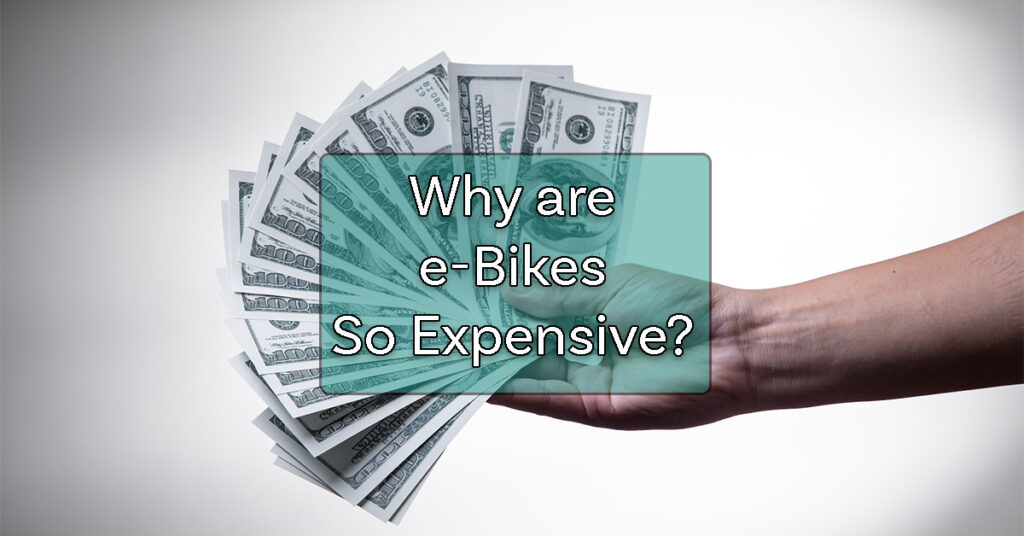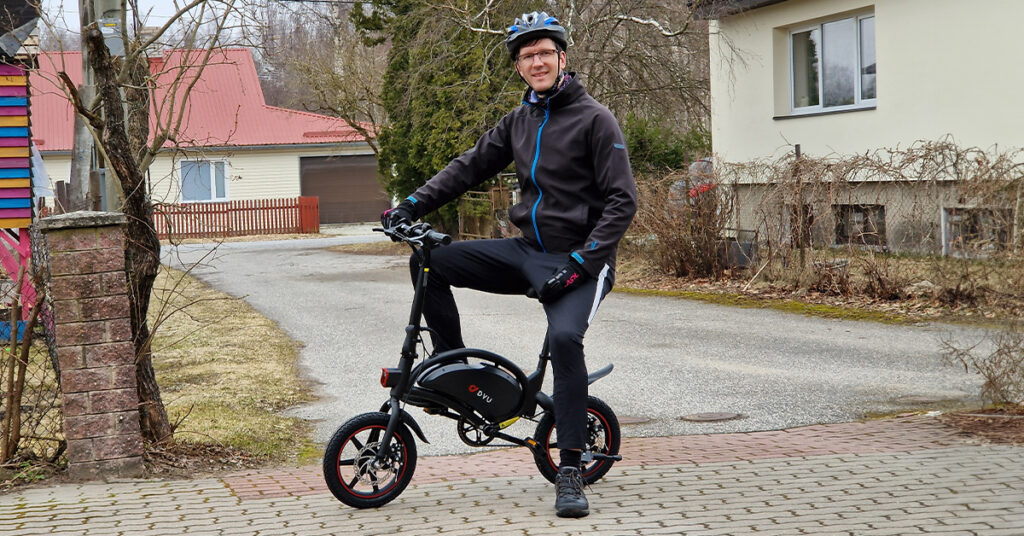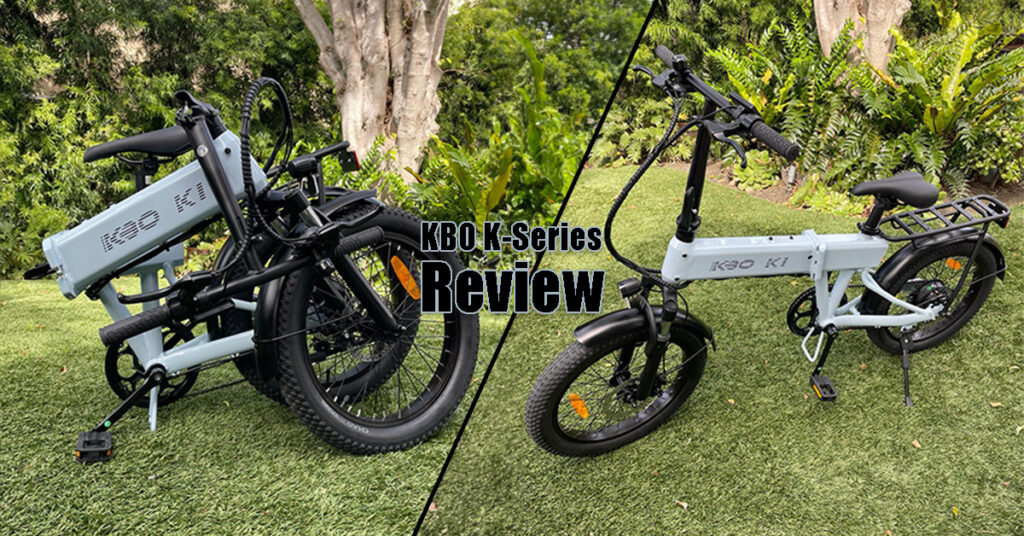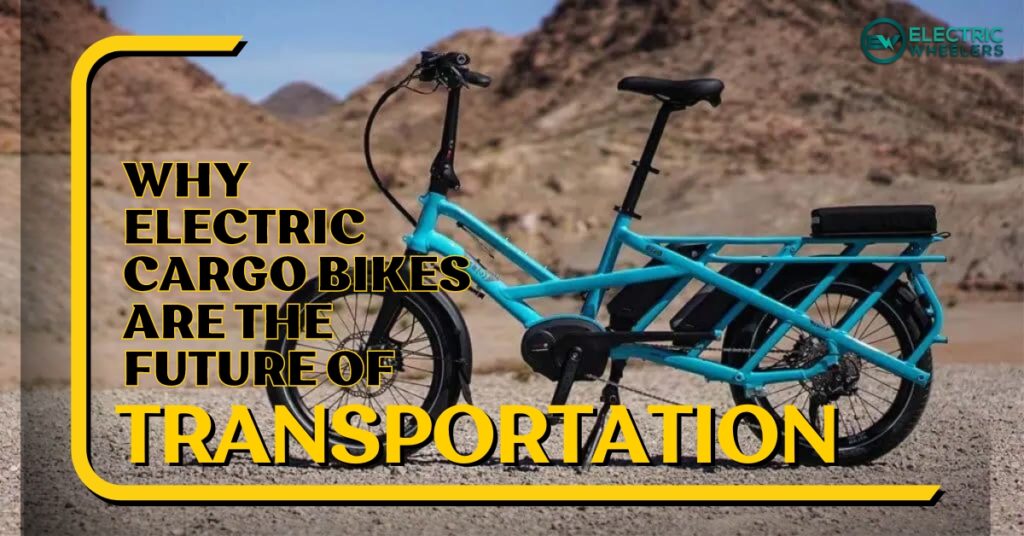In the rapidly evolving world of personal transportation, electric bikes have emerged as a game-changer, offering an eco-friendly, efficient, and enjoyable way to travel.
However, one question that often puzzles potential buyers is: Why are electric bikes so expensive?
At first glance, the price tags on these modern two-wheelers can be startling, especially when compared to their traditional, non-electric counterparts.
In this article, I will reveal the top five reasons behind the high costs of e-bikes. So, keep reading to find out!
How Much Are Electric Bikes for Adults?
Before we dive into the reasons why electric bikes are so expensive, let’s discuss how much they cost in the first place.
On average, most feature-rich e-bikes cost upwards of $2,000 while mid-range e-bikes go for about $1,000 to $2,000. Entry-level or basic e-bikes, on the other hand, range from $500 to $1,000. Thus, it is necessary to consider the features you would want in an e-bike to know the exact cost.
Top 5 Reasons Why E-Bikes are So Expensive
1. The Cost of the Battery
Batteries are one of the most important parts of electric bikes. They give power to the motors so they can assist in pedaling and help the bikes work smoothly.
Electric bike batteries aren’t cheap. Depending on the type purchased, they could cost between $500 to over $1,000. This drives up the cost of electric bikes significantly.
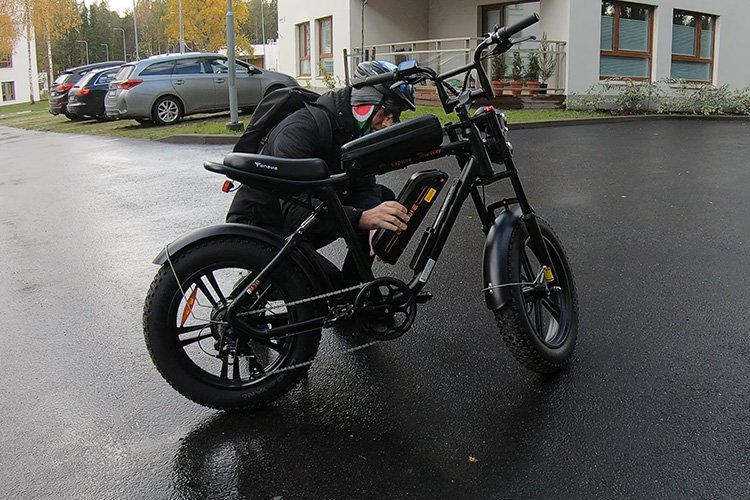
Low-quality electric bikes will come with cheaper batteries which would make the bikes cheaper. But if you want a good electric bike that will serve you for a long time, be ready to spend more.
Since the battery packs are the most costly components of electric cars, so it can’t be any different with electric bikes.
2. The Cost of the Motor
Unlike traditional bikes that are powered by riders, electric bikes are powered by motors. The motors of electric bikes draw energy from batteries to assist in cycling.
These motors are of different types and capacities, which makes their prices vary. Next to the battery, the motor is the second most expensive component on e-bikes. This is another reason why electric bikes are more expensive than traditional bikes.
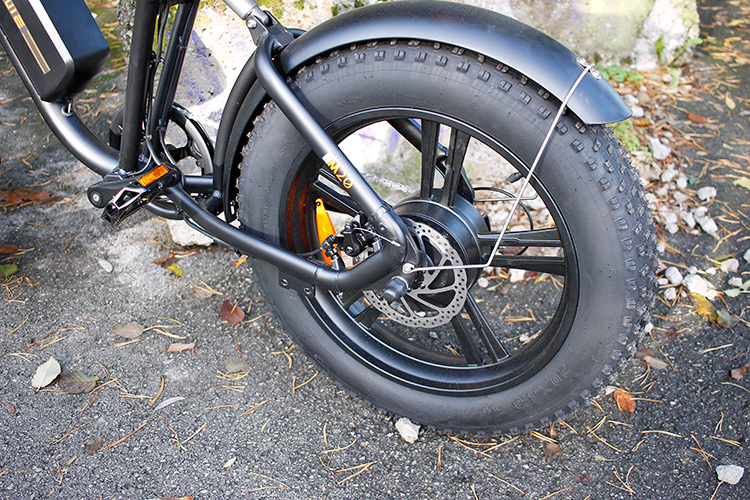
There are two types of motors for electric bikes which are mid-drive motors and hub motors. Mid-drive motors are more expensive than hub motors because of their more complicated construction.
3. The Quality of Components
The third pivotal factor contributing to the higher cost of electric bikes is the quality of other components used in their construction. E-bikes are heavier and faster than traditional ones, so they need stronger frames, better braking systems, and higher-grade suspensions.
Moreover, e-bikes come fitted with specialized parts such as reinforced tires and top-tier gear mechanisms, all designed to handle the additional stress of an electric drive system.
These components not only improve the riding experience but also enhance the bike’s longevity and reliability.
Furthermore, e-bikes often feature sophisticated braking systems, like hydraulic disc brakes, which offer superior stopping power and safety, especially crucial at the higher speeds these bikes can achieve.
The integration of high-quality components in e-bikes ensures they can withstand the rigors of prolonged and intensive use. This results in a product that, while more costly upfront, provides significant value in terms of performance, comfort, and lifespan.
For e-bike consumers, this means investing in a machine that offers a seamless blend of advanced technology and top-notch build quality, justifying the higher expenditure compared to conventional bicycles.
4. The Cost of Research and Development

Electric bikes are a new technology. Unlike traditional bikes, they have additional components like batteries, motors, controllers, etc. A lot of research has been done to develop them. Experts are employed to do this research and develop efficient e-bikes, which makes them more expensive.
Electric bike manufacturers research always to develop e-bikes that suit the various needs of their consumers. This research costs a lot of money and the expenses are transferred to the purchasers. And since it’s a new technology, research hasn’t stopped.
For example, manufacturers are always doing constant research on electric batteries. They research how to develop advanced batteries that will last longer on a single charge and are durable.
The same goes for the other components of electric bikes.
5. The Cost of Production
E-bikes have specialized components that are unique to them. As a result of this, their manufacturing process is more complex than traditional bikes. This is time-consuming and requires a level of expertise, which makes them more expensive.
E-bikes also have more components and parts than traditional bikes. Because of this, they require additional assembly.
After manufacturing the different components of an e-bike, it takes more time to assemble them than it takes when assemble a normal bike. This increases the cost of production and makes e-bikes more expensive.
In addition, because e-bikes are relatively new, they require more testing. The different unique components and the end product have to be tested several times. This is to ensure that they are safe and reliable. Also, it increases the time spent producing e-bikes, which drives up the costs.
E-Bike Prices May Go Down in the Future
Compared to a couple of years ago when e-bikes were still very new, their prices have gone down significantly.
The technology of electric bikes is getting refined day by day. It has become simpler compared to when they just started. This contributes to the cheaper prices of e-bikes in the market.
We now have cheap electric bikes in the market that cost less than $1,000.
However, with this recent inflation, the prices of e-bikes will not be going down in the future. The prices of the parts and components of e-bikes have increased which will inflate the prices of e-bikes.
Different Price Tiers of E-Bikes
Different price tiers of electric bikes include low-end/budget electric bikes, mid-range electric bikes, and high-end electric bikes.
On average, budget/low-end electric bikes cost between $500 and $1000.
Typically, these bikes are manufactured with lower-quality components and materials.
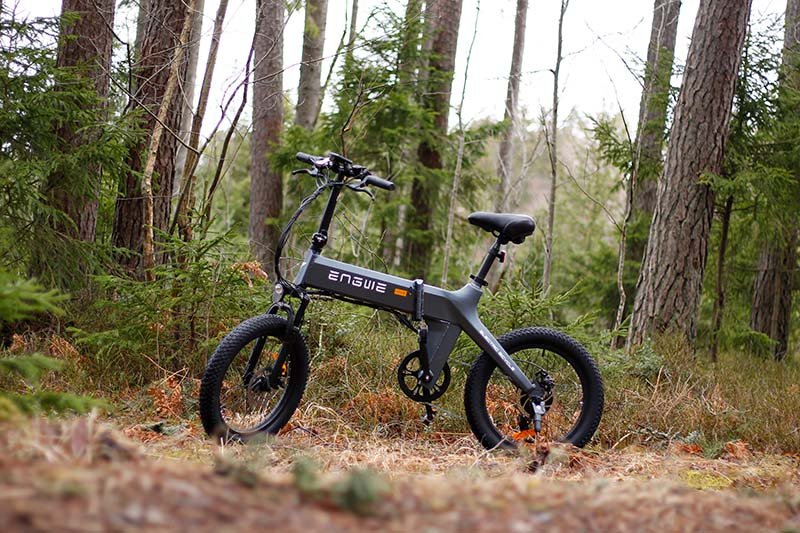
Common Features of Entry-Level Electric Bikes:
- 250-500W hub motor
- Cheap battery from an unknown manufacturer
- Relatively short range
- Mechanical brakes from an unknown manufacturer
- Entry-level gearing system (Shimano Tourney/Altus)
- Heavy frame (steel or aluminum)
- No suspensions
- Lack of additional features (no fenders, racks, etc)
Check out: Best E-Bikes Under $1000
The average cost of mid-range electric bikes ranges between $1,000 and $2,000.
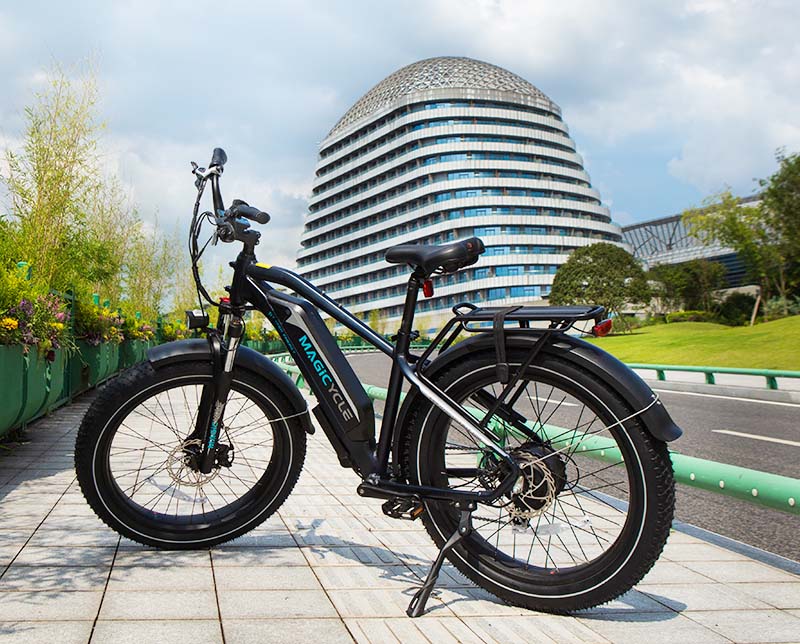
Common Features of Mid-Range Electric Bikes:
- 500-750W hub motors
- LG/Samsung battery
- Reasonable range of around 30-40 miles (50-60 km)
- Mechanical disc brakes from a trusted brand (sometimes even hydraulic brakes)
- Mid-range gearing system (Shimano gearing system hierarchy)
- Lightweight aluminum frame
- Modern display with GPS and smartphone connectivity
- Basic suspension system
- Quality tires
- Additional features
Usually, high-end electric bikes cost more than $2,000. And the price goes up to $6-7,000 or more.
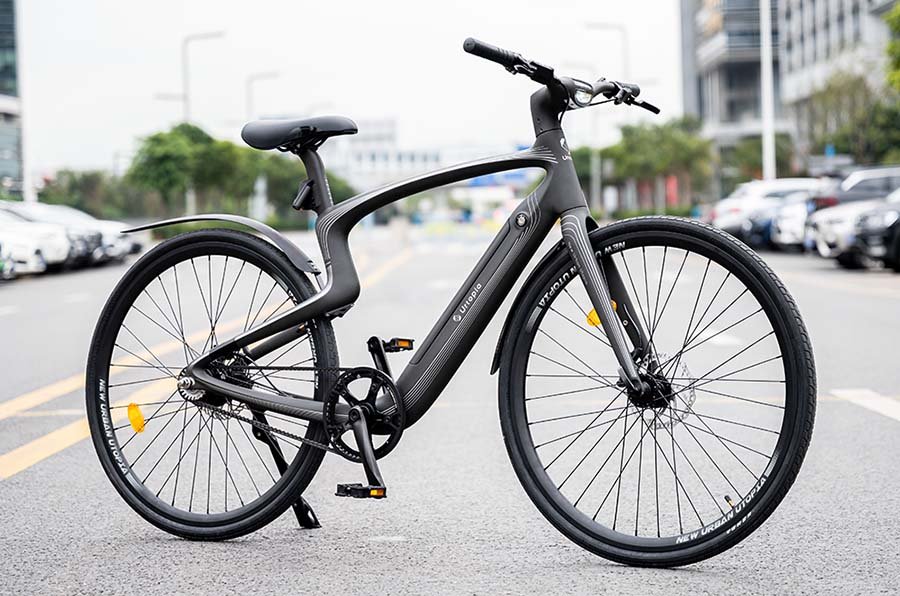
These bikes use the highest-quality components and materials:
- Advanced mid-drive motor (or 750-1000+W hub motor)
- High-capacity lithium-ion battery
- Long range
- Premium-quality frame i.e. titanium or carbon fiber
- Hydraulic disc brakes
- High-end gearing system
- Top-quality suspension system
- Modern display with GPS and smartphone connectivity
- All the necessary accessories
- Advanced safety components like sensors, alarms
The Cost of E-Bike Maintenance
A common misconception is that maintaining an e-bike is considerably more expensive than maintaining a traditional bicycle. However, based on my experience, the reality is quite the opposite.
The core maintenance activities for an e-bike mirror those of a regular bike. This includes routine tasks such as greasing the chain, aligning the gears, adjusting the brakes, and occasionally replacing tires – all pretty standard procedures for any bike enthusiast.
Interestingly, a significant portion of these maintenance tasks can be efficiently handled by the bike owners themselves. This DIY approach not only adds a personal touch to the upkeep but also cuts down on costs substantially.
For those who prefer professional servicing, an annual check-up for an e-bike typically costs around $100, excluding part replacements. This fee is quite reasonable and aligns closely with the maintenance costs for traditional bikes.
Read our article about E-Bike Maintenance Tips for more info.
Final Words
E-bikes are so expensive because they have additional components that cost a lot. These components are what make e-bikes special.
However, there are affordable e-bike models in the market that you can choose from. They will still be more expensive than regular bikes but affordable among e-bikes.

The founder and the editor-in-chief of the Electric Wheelers blog. With a previous background in IT, sales, and video editing, he has now established himself as a micromobility expert.
He bought his first e-scooter over 5 years ago and since then has owned dozens of e-scooters and e-bikes. His deep understanding of the technical aspects, coupled with a keen eye for market trends, enables him to provide insightful and reliable content.
His commitment to promoting sustainable and efficient urban mobility solutions has made him a respected voice in the community of eco-friendly transportation enthusiasts.

